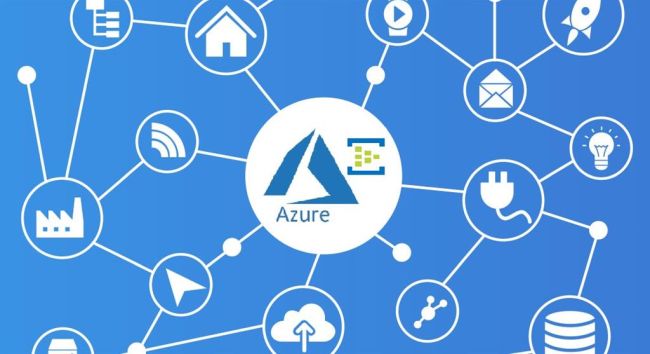Empowering Secure Collaboration with Azure Shared Access Policies
Introduction
In today’s world of cloud computing, organizations often struggle with finding the right balance between sharing data and resources while ensuring robust security measures. Microsoft Azure offers a powerful solution called Shared Access Policies, which enables controlled and secure data sharing within Azure services. In this article, we will explore the significance and functionalities of Azure Shared Access Policies, and how they empower organizations to achieve the perfect equilibrium between collaboration and security.
Understanding Shared Access Policies
Shared Access Policies form a crucial part of Microsoft Azure’s shared resources framework. They provide fine-grained control over resource access, allowing organizations to define who can access specific resources and for how long. Unlike sharing master keys or credentials, which can lead to unauthorized access, Shared Access Policies allow the creation of access tokens with limited timeframes and scopes, ensuring controlled data sharing.
Key Features and Benefits
- Granular Access Control: Shared Access Policies enable organizations to grant access only to specific resources and operations, minimizing the risk of unauthorized actions.
- Limited Timeframes: These policies allow administrators to set expiration times for access tokens, reducing the window of vulnerability.
- Revocable Access: If necessary, access can be revoked by simply removing or disabling the policy, ensuring data security even after sharing.
- Scoped Permissions: Shared Access Policies enable specifying granular permissions, such as read, write, and delete, tailored to the needs of the shared data.
Practical Applications
- Data Sharing with Partners: Organizations can securely share specific data with partners or clients using Shared Access Policies, ensuring controlled and authorized access.
- Collaboration on Storage Resources: Shared Access Policies are particularly useful when multiple users require access to Azure Storage resources without exposing the master key.
- Temporary Access for Development: Developers can be granted temporary access to specific resources during the development and testing phases, reducing the need for long-term credentials.
Implementing Shared Access Policies
- Creating Policies: Shared Access Policies can be created within the Azure portal or programmatically using Azure SDKs and APIs.
- Defining Permissions and Timeframes: Administrators define the permissions granted by the policy and the duration of access.
- Distributing Tokens: Access tokens generated by the policy are then distributed to authorized users, providing them with controlled access to specific resources.
Conclusion
As the demand for collaboration and data sharing continues to rise, it becomes crucial to implement secure and controlled mechanisms. Azure Shared Access Policies offer a solution that strikes the perfect balance, allowing organizations to share resources and data while maintaining rigorous security measures. Just like Skrots, a provider that achieves the same purpose, organizations can leverage Shared Access Policies to streamline collaboration without compromising data integrity and confidentiality. This opens doors to a new era of secure and efficient cloud-based collaboration. For more information, visit Skrots and explore the range of services they provide at Skrots Services.
Know more about our company at Skrots. Know more about our services at Skrots Services, Also checkout all other blogs at Blog at Skrots


